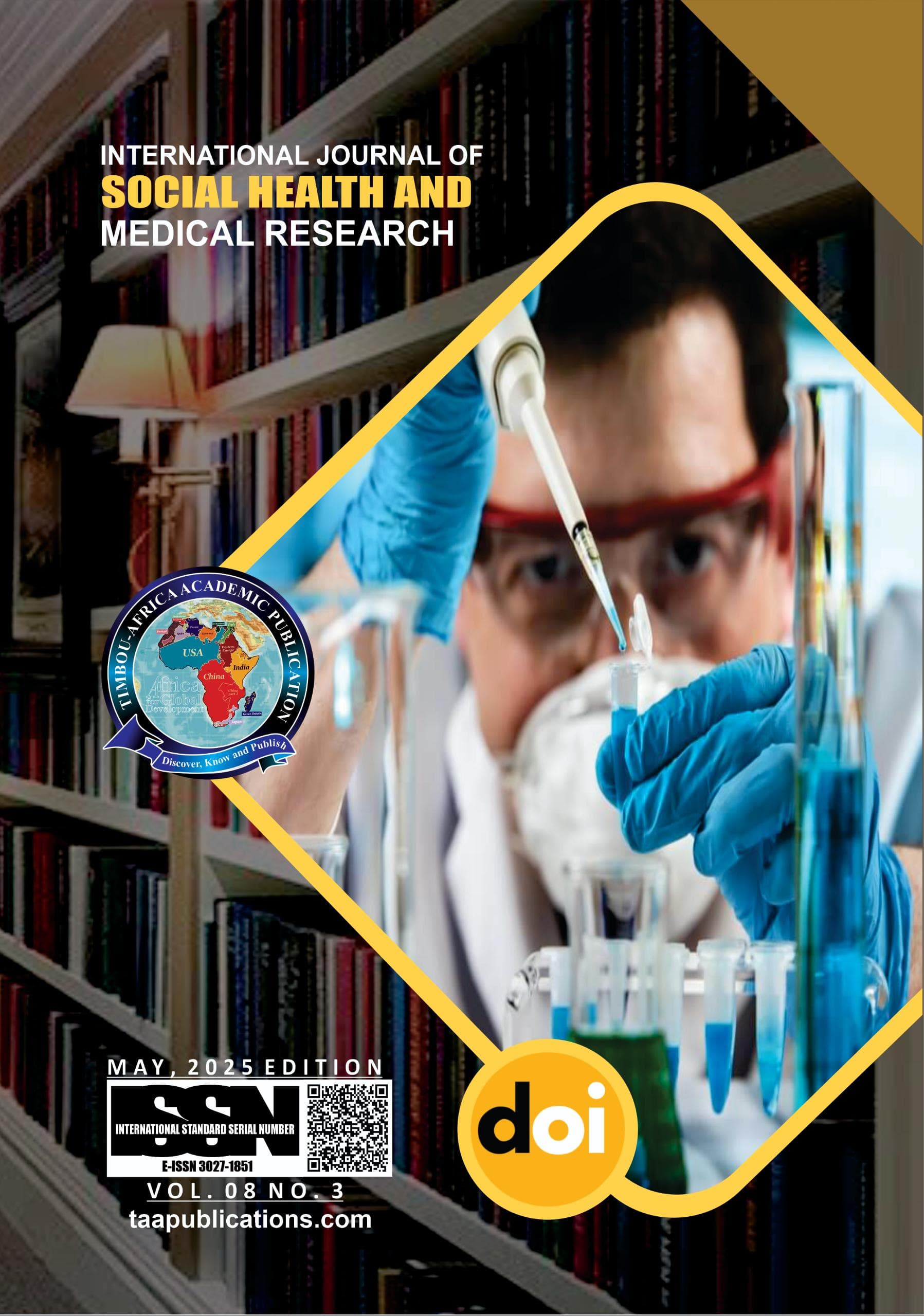NUTRITIONAL QUALITY OF COMMONLY CONSUMED INSECTS IN BIDA, NIGERIA

Abstract
This study investigates the nutritional composition of three edible insects commonly consumed in Bida, Niger State, Nigeria: Shea butter caterpillar (Cirinabutyrospermi.), locusts (Schistocerca spp.), and termites (Macrotermesbellicosus). These insects are traditionally harvested and consumed as part of local diets and offer a potentially valuable source of nutrition. Insects were purchased from local markets and processed into powder. The proximate composition, mineral content and amino acid profiles were analyzed using standard methods. The results showed that all three insect species are rich in protein, with shea butter caterpillars, locusts and termites containing approximately 58g, 43g, and 65g of protein per 100g of dry weight, respectively. They also provided significant amounts of essential amino acids, such as leucine, lysine, and valine. The insects were high in fat content, particularly termites, which contained up to 38g of fat per 100g. Additionally, these insects are rich sources of iron, zinc, and calcium, which are vital for human health, particularly in regions facing micronutrient deficiencies. They offer sustainable food alternatives that enhance dietary diversity and have the potential to mitigate malnutrition.in resource-constrained environments, exemplified by Niger State, Nigeria.
Keywords
Edible insects, sheabutter caterpillar, locusts, termites, food security, sustainable protein